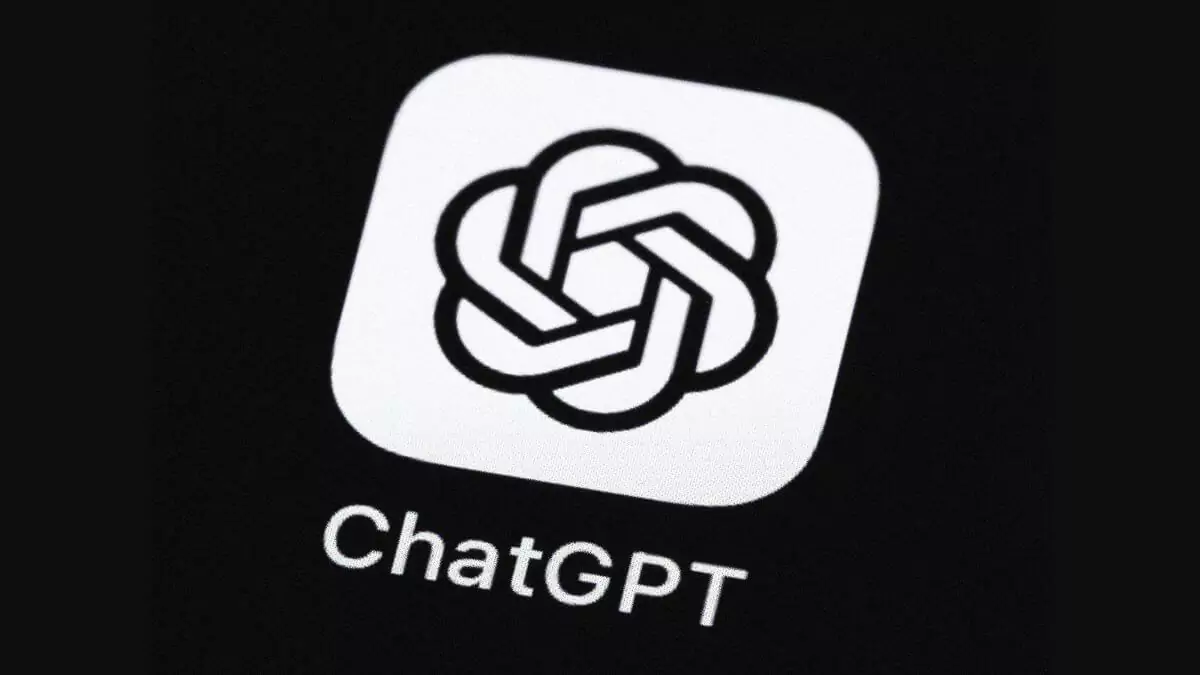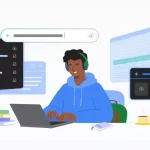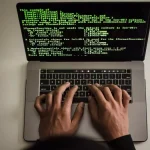This trend caters to users curious about AI’s geolocation potential while addressing concerns about personal security. Understanding how to use or avoid it ensures you stay informed and in control.
How to Try ChatGPT Reverse Location Search
- Access ChatGPT: Ensure you have an OpenAI account and the latest ChatGPT version with o3 or o4-mini support, available via the web or app. A free tier may suffice, though premium features enhance performance.
- Upload a Photo: Go to the ChatGPT interface, select the image upload option, and choose a photo (e.g., a landscape or street view). Avoid sensitive images with personal details.
- Ask a Location Question: Type a prompt like “Where was this photo taken?” or “Guess the location of this image.” According to TechRadar, the AI analyzes clues like architecture or foliage.
- Review Results: ChatGPT will provide a location estimate, often with surprising accuracy. For example, BGR cites a case where o3 identified a library in 20 seconds.
- Experiment Safely: Try multiple photos (e.g., public landmarks) to test its limits, but avoid sharing personal or identifiable content.
How to Protect Yourself from Privacy Risks
- Avoid Uploading Personal Photos: Refrain from sharing images from social media or private settings, as TechCrunch warns of doxxing risks.
- Disable EXIF Data: Strip metadata from photos using tools like Photoshop or online editors before uploading, though ChatGPT relies less on this, per TechRadar.
- Limit Public Sharing: Adjust privacy settings on platforms like Instagram to restrict photo visibility, reducing exposure to malicious use, as suggested by BGR.
- Monitor OpenAI Updates: Check OpenAI’s safety reports for new safeguards, as the company is refining policies to block private data requests.
Additional Considerations
OpenAI’s o3 model uses visual reasoning and web searches to geolocate, making it effective but risky. TechCrunch notes that while safeguards exist, they’re not foolproof, with potential for abuse by bad actors. The feature’s gamified appeal, likened to GeoGuessr, drives its virality, but privacy advocates urge caution. Testing it on public images is safe, but personal photos could reveal your home or workplace.
This guide empowers you to explore or protect against this trend. As AI evolves, staying proactive about privacy is key. Have you tried this feature or taken steps to secure your photos? Share your experience in the comments, and explore more tech guides at technocodex.com.







